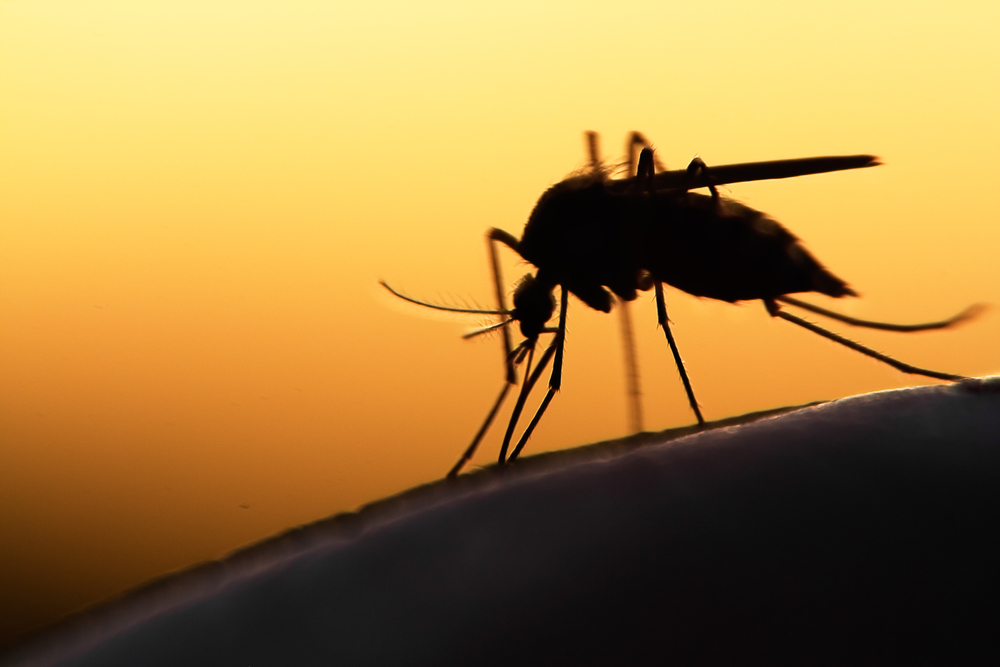About four years ago I went to Thomazeau, Haiti with the organization Live Beyond. Just before I left, I received an email alert about a significant outbreak of Chikungunya disease. My response was the “Chicken-What?” I had never heard of it, although it affects millions of people worldwide. The patients I saw in Haiti with Chikungunya were really sick and symptom management is about all we can do. The Chikungunya virus (genus Alphavirus, family Togaviridae) is primarily transmitted to humans through the bites of infected Aedes aegypti and Aedes albopictus mosquitoes. The reason the type of mosquito matters is that these are mosquitoes that feed aggressively during the day (and feed on multiple individuals) which means bite prevention must be implemented all day long, not just in the evenings.
I am telling you this because four cases of Chikungunya have now been reported in Harris County, Texas (the Houston area), with an equal number of cases in the Texas counties of Dallas, Fort Bend, Lubbock, Tarrant, and Travis counties, according to the Texas Department of State Health Services (DSHS).
Some mosquito-borne viral infections can be unimpressive in healthy hosts. However, most people infected with Chikungunya develop symptoms, and the symptoms are BAD. The Haitians call it the “broken bone” disease because their joints hurt so much it feels like a fracture. After an incubation period of 3 to 7 days , symptoms include an acute fever (usually more than 102°F) and severe, symmetrical polyarthralgia that can be debilitating. Other symptoms can include headache, myalgias, nausea/vomiting, and a maculopapular rash. Laboratory abnormalities can include lymphopenia, thrombocytopenia, elevated creatinine, and elevated hepatic transaminases. While the acute symptoms usually resolve in 1 to 2 weeks, rare complications include uveitis, retinitis, myocarditis, hepatitis, nephritis, bullous skin lesions, meningoencephalitis, Guillain-Barré syndrome, and cranial nerve palsies.
As usual, people at risk for severe presentations of Chikungunya include nearly all the patients in a wound center (e.g., underlying medical disease, immune suppression, diabetes, etc.). I’ve been meaning to blog about the West Nile virus and severe neurological problems among wound center patients. I have four wound center patients who were in an extended coma from West Nile virus and have also seen several with Guillain-Barré Syndrome. All were on immunomodulating agents for diseases like rheumatoid arthritis or lupus.
For those of you traveling to tropical climates this summer (including the Gulf Coast), check the Center for Disease Control (CDC) travel map for disease outbreaks.
Here are practical steps to reduce risk:
- Use insect repellant, preferably one with DEET, and reapply regularly (yes, DEET is nasty stuff, but not as nasty as the diseases it can prevent).
- Get rid of standing water, inside and outside your house to reduce mosquito egg-laying.
- Cover up with long sleeves and long pants to help prevent bites.
The CDC adds “use air-conditioning” to their list. However, right now in Texas it’s 98°F with 98% humidity. It’s like living inside a dog’s mouth – seriously, does anyone around here need to be told to use the AC?
More information:

Dr. Fife is a world renowned wound care physician dedicated to improving patient outcomes through quality driven care. Please visit my blog at CarolineFifeMD.com and my Youtube channel at https://www.youtube.com/c/carolinefifemd/videos
The opinions, comments, and content expressed or implied in my statements are solely my own and do not necessarily reflect the position or views of Intellicure or any of the boards on which I serve.



